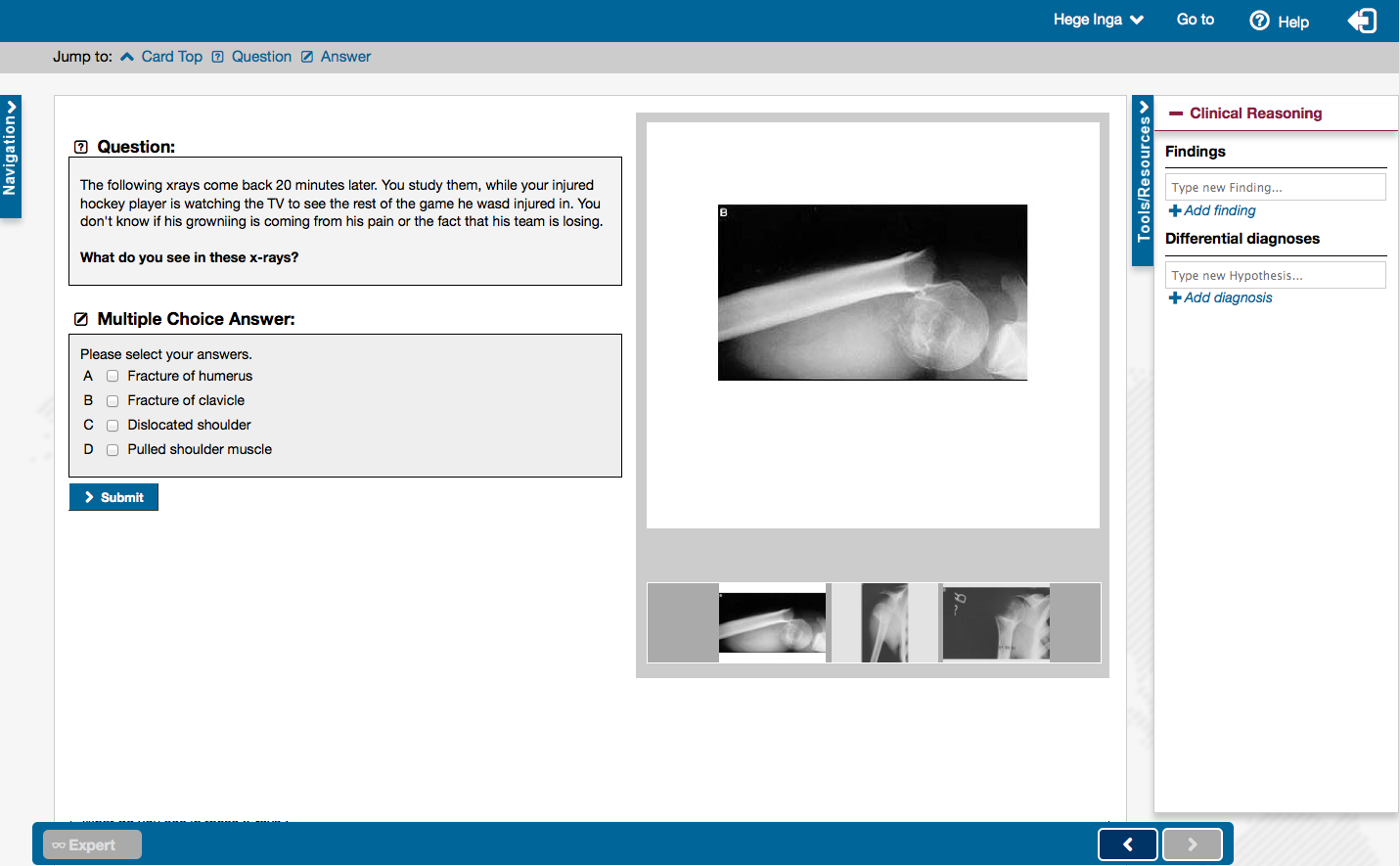


Theme
8II Mobile learning
INSTITUTION
Institute for Medical Education, LMU Munich

|
Virtual Patients (VPs) are:
Situation at LMU Munich:
|
Figure 1: Example card of VP in CASUS® (click for full size) |
|
|
| Age (see Fig 2 in Details) | 46.3 yrs | 43.9 yrs | |
| Nationality | 97% German | 91% German | |
| Occupation |
33% Academic 0% Unemployed |
21% Academic |
|
| Female:Male | 50:50 | ~ 50:50 | |
| BMI (Details) | 47% norm-weighted | 46% norm-weighted | |
| Smoker | 20% | 22% | |
| Handicap | 4% | 7% | |
Pilotstudy:
We analyzed the 71 VPs integrated into the internal medicine/surgery curriculum at LMU Munich concerning the following aspects:
- Age, Sex, occupation, nationality of VP
- BMI, smoking, handicap
- Medical history, main diagnosis
These data were compared to statistical data of the German population1
Conclusions from this Pilot study:
- Difficult to get reliable data about patients in Germany.
- More guidance for authors necessary, to include basic data (e.g. BMI, pre-medication,...).
- Revise VPs based on the results.
Outlook:
- Main study on VPs in an European context planned
- Include additional data related to patient perspective and communication (based on Kenny et al.)
- Further investigate influence of creation process
-
www.gbe-bund.de (data from 2012)
-
Kenny NP, Beagan BL (2004). The patient as text: a challenge for problem-based learning. Med Educ 38:1071-9

 Send Email
Send Email